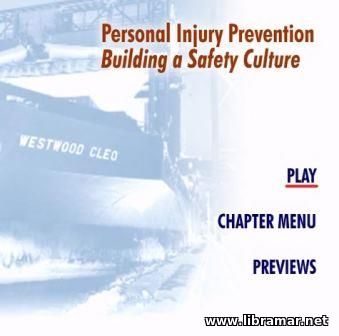 To work effectively, ships and their crews must work safely. Developing a safety culture will prevent personal injuries on board ships. It is not only the safe and smart way to operate, it is also mandatory. Running a safe ship is important to those who own it, to those who man it, and to those who entrust it with their cargo. It is also an important new emphasis of the revised STCW Convention and the ISM Code.
Specifically, the ISM Code requires ship owners and managers to develop a safety management system, providing safe practices for ship operation, establish safeguards against risk, and continuously improve safety management skills. In this program we will feature the insight and commentary of author Richard Bracken, whose book “Personal Injury Prevention – A Guide to Good Practice”, available on our website, sets out the basic steps in building a true “safety culture” on board ship. According to the author, the worst way to do it is just to put a set of manuals on board the ship and say, “Follow these procedures and everything will be fine”, just because it will not be!
What it really is about is giving the people on the ship the ownership of the procedures. Let them have a part of it when you are developing the procedures. Go around the ship with them. Take the people on board and take them to show you the safe practices. It is an evolving process. During this training, we will identify the six items of personal protective equipment recommended for individual protection, and discuss the ways ships can prevent accidents and injuries before they happen. Moreover, we will see examples of the safe use of on-board tools and equipment.
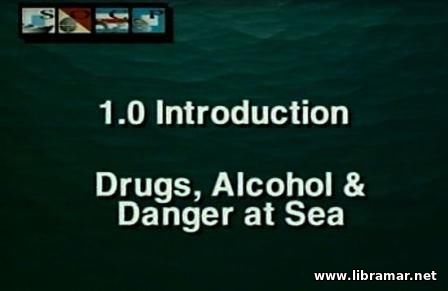 This training video file was released within the frame of the Ship Operations Cooperative Program, or SOCP for short. As any seafarer will tell you, safety at sea is a sort of illusion. The difficult working conditions in the shipping industry are even worsened by the worldwide epidemic of drug and alcohol abuse. Something abusive at the workplace affects both the seafarer and the ship owner.
The present video addresses the drug and alcohol prevention in the maritime industry. It is intended to provide company-wide drug awareness education to crews, supervisors, and managers. First, the video discusses topics of interest to the widest segment of audience, providing some introduction to the problem, including the causes and effects of the substance abuse, as well as the possible prevention measures.
Then, the information of specific interest to the supervisors and managers is presented, including signs of drug and alcohol abuse, intervention and monitoring, and establishing effective prevention programs. The cargo ships of today are larger and faster than ever before. Safe operation of these massive vessels requires highly skilled crews. While at sea, the crew members may be called at duty at short notice and must have clear mind to perform their duties…
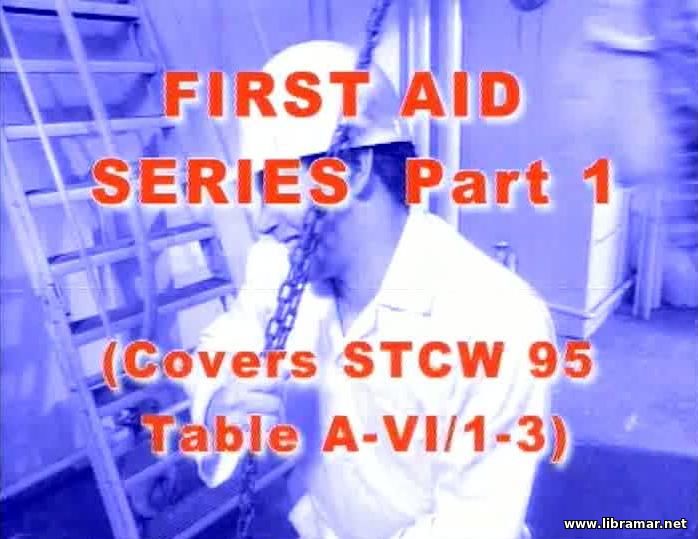 Due to the nature of their service, all ships, and ocean-going ships in particular are considered hazardous places - this is because they are commonly well outside of the areas where professional medical facilities can be available and where decent medical treatment can be offered to the crew members.
That is why, whether through illness or injury, there is always some possibility that the human life on board could be at risk. As a result, your ability to deliver effective first aid to the people who need this help could actually mean the difference between life and death, and these are not just words.
It is critically important to have some minimal skills in order to be able to save someone's life at sea - it may happen that there is no time to wait until the vessel calls the next port or even until the medic arrives. This video is intended to help people willing to get some very basic knowledge and underline the importance of first medical aid at sea.
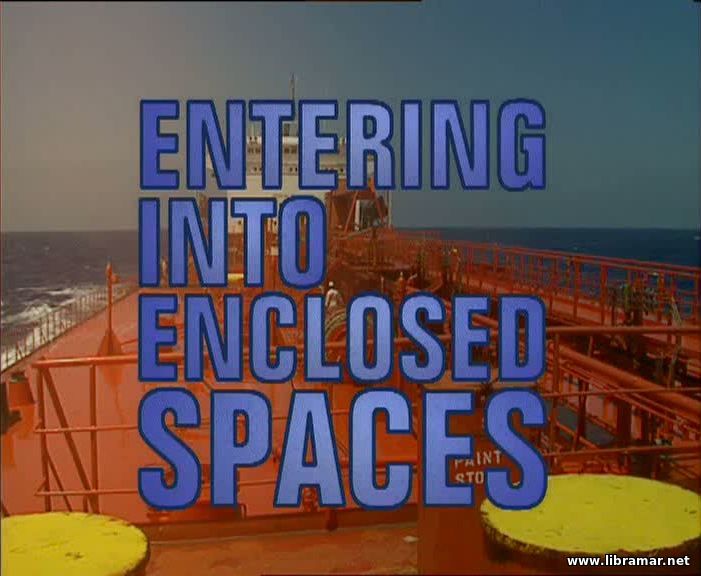 This video is devoted to one of the most important safety aspects both offshore, at sea or ashore - entering confined, i.e. partially or fully enclosed spaces. Answer a simple question - would you enter any enclosed space if you knew or suspect there was a mad man there with the gun waiting to kill you? No, of course you wouldn't.
Can you explain then why more than two hundred of your fellow mariners each year enter enclosed spaces and die there knowing that toxic gases might be present and that the surrounding atmosphere inside the space might not contain enough oxygen to support human life.
Strange but it is very difficult to find the easy explanation but we will do our best to show, in this short training film, the dangers commonly associated with entering such spaces without taking all necessary precautions, and potential consequences of such actions. Have a close look and never repeat their mistakes, you will save your life and maybe life of your co-workers...
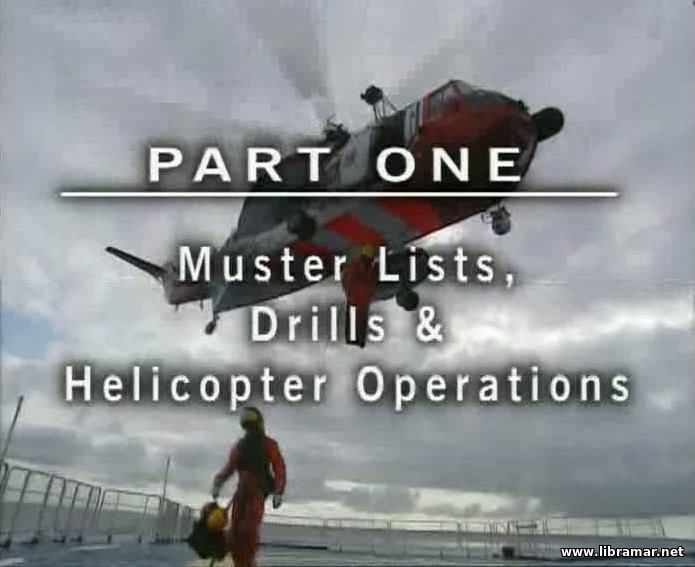 This is the opening part of the four making the famous "Personal Survival at Sea" series produced by Videotel. This first part is devoted to the muster list, drills and chopper operations. Watch this part of the set and you will know what the muster list is, what information it shall contain and how it shall be prepared.
You will also get all required information about the safety drills normally held on board vessels and offshore rigs, how they shall be conducted, at what periodicity and how to record them in a vessel's drills log. Finally, you will know everything about the helicopter operations, including preparations to be made for the helicopter approaching, necessary fire prevention and fire fighting arrangements etc.
Three other parts of this safety training course address the personal survival in the enclosed lifeboat and rescue boats, survival in the liferafts and open lifeboats, and survival at crafts. In short, this is an absolutely recommended training set for every person on board.
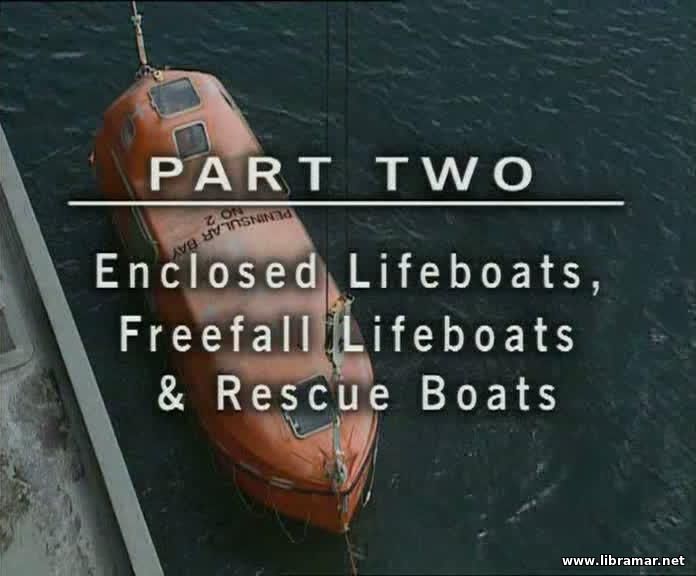 This is the second part of the "Personal Survival at Sea" series released by Videotel specialists. This continues the first one devoted to the muster list, drills and helicopter operation and is dealing with the personal survival in the enclosed lifeboats and rescue boats.
Watch this film and get duly familiarized with the main survival techniques to follow when abandoning the vessel or offshore rig in these survival crafts. The video will provide all necessary information in this regard so that you will be prepared and know what to do in case you end up in the lifeboat or rescue boat - you knowledge will let you survive and help the other people.
The two remaining parts of the pack address the personal survival in the liferafts and open lifeboats and personal survival at crafts. One more recommended safety training instrument - make sure you go though the whole content very carefully since this is a matter of safety which is of utmost importance for everyone.
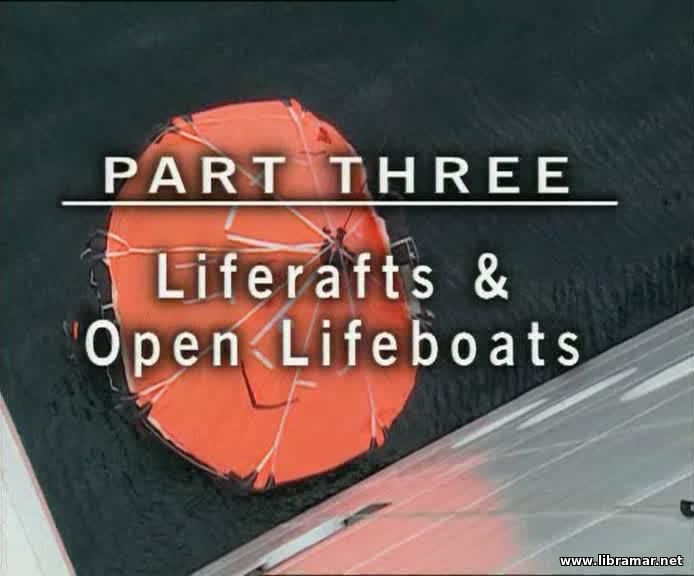 This is the third part of the Videotel's "Personal Survival at Sea" - the first part was devoted to the muster list, drills and helicopter operation, while the second one deals with the personal survival in the in the enclosed lifeboats and rescue boats.
This part, in turn, is covering the major aspects of personal survival in the inflatable and rigid liferafts and open lifeboats. Trainees who spend some time watching this video will get a proper understanding of survival methods to be used when leaving the ship or rig in these crafts.
The video is intended to give all required safety information to make people prepared for immediate action so that they have more chances to survive and assist others. The remaining fourth part of the set deals with the personal survival at crafts. An excellent and easy to use training tool which is recommended for use by all crew members, deck and bridge officers, passengers and in fact every person on board a vessel or rig at sea.
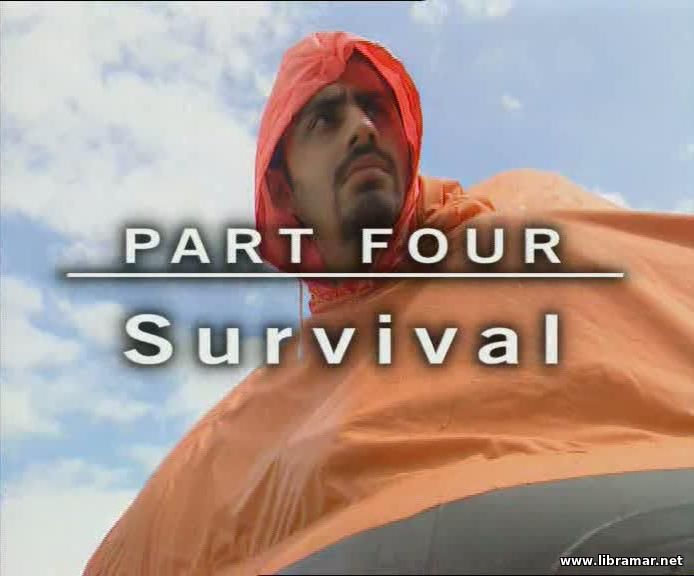 And here is the closing part of the training set telling about the personal safety at sea. The first three parts of this training pack were covering the muster list, drills and helicopter operations, personal survival in lifeboats and rescue boats, as well as the personal survival in the liferafts and open-type lifeboats. This last part is devoted to the personal safety at craft.
As it was the case with the first three parts of the training, the trainees will get all necessary information that will definitely be helpful. Since the safety on board a vessel is everyone's responsibility, we highly recommend every person to go through all four parts of this interesting training course; it does not matter what position you hold on board, you may even be a short-time visitor - once there is a casualty, all of the persons will be using same lifesaving appliances and thorough knowledge of the survival techniques will become critical.
|







